The many re-releases of Super Mario Bros. 1
Celebrating the legacy of Super Mario Bros. 1
Super Mario Bros. is an iconic game that needs no introduction. Nintendo’s smash hit platformer, released in September 1985 on the Famicom and later that same year for the NES, essentially defined the basic skeleton of the platformer genre on home consoles. To this very day, Super Mario Bros. stands the test of time as a noteworthy video game release, being a part of the official Video Game Hall of Fame.
In celebration of this moment in both video game and Nintendo history, I’ve decided it’d be interesting to look at Super Mario Bros., but not the original release. Instead, I think it’d be neat to look at subsequent re-releases of the game that were more than 1:1 ports or emulated re-releases á la Virtual Console. Surprisingly, there’s actually a good amount of them, and they all feature multiple key differences.
While I’m no official Super Mario Bros. expert, I’d say I know a lot about how the game works, feels, and what the level design is like. That’s why I tasked myself with playing through ALL of the known Super Mario Bros. re-releases I could get my hands on, and I’ll be tackling them in order of re-release date. Without further ado, let’s begin!
THE ARCADE VERSION
For perspective, the console market for video games has only been fiscally dominant for a short period of time. Coincidentally, it was not during the 80s or early 90s. While Super Mario Bros. and the Famicom/NES were important in revitalizing the home console market and the console game industry as a whole, they were still just a smaller part of the pie. By the time Super Mario Bros. came out, Nintendo already had arcade experience, so it only makes sense that they’d translate their hit game to the arcade scene.
Vs. Super Mario Bros. was officially released in American arcades in May of 1986. From the title screen alone, a few differences can be gleaned. The palette is entirely different, owing to the slight differences in graphical hardware compared to the NES. One would assume that’s about all the differences visually, but there’s actually a lot of interesting things present in Vs. Super Mario Bros. beyond that.
The HUD and the in-game fonts tell a very interesting story, albeit a small one. If you look really carefully, you’ll notice that unlike the original Super Mario Bros., the font uses the same shadowed effect (via outline) that was present in Super Mario Bros. 2 (JP). Worth noting: Vs. Super Mario Bros. actually came out about a month before that game, so it’s likely the two were developed in tandem. The coin counter also goes up to three digits; unique to this version of the game. It has no impact in-game though, so it remains a curiosity.
Lending more credence to the theory that Vs. Super Mario Bros. was developed simultaneously can be found in the game’s layouts. Generally speaking, they’re similar to the original game, but tweaked to be a lot more difficult. Additional pits added to specific sections of levels, altered locations for powerups, the removal of hidden 1-up mushrooms in 2-1, 4-1, 6-1, and 8-1; the list goes on. Even the Warp Zones have been altered; you can no longer warp to World 7 or 8 directly from World 4, only World 6. What really draws the through-line between this game and Super Mario Bros. 2 (JP) is that they actually share levels!
Beyond tweaking existing levels as mentioned, Vs. Super Mario Bros. also adds some brand new levels, and most of them are VERY difficult. So difficult, in fact, that they’d make their way into Super Mario Bros. 2 (JP) a month later. As a specific example of how nasty this gets, World 4-3 from Super Mario Bros. 2 (JP) shows up as World 6-3, and despite not having the added bounce height mechanic from that game, the very long jumps required are still present. This makes them WAY tighter to perform, naturally, as you can’t use the bounce on the Paratroopa enemy to safely land on the platforms ahead.
There’s a small selection of other specific changes, too. The infinite 1-up trick has been removed from areas it was easy to perform in, and most staircases no longer have a Buzzy Beetle or Koopa Troopa conveniently placed. This was likely to prevent people from hogging the machine or trivially clearing the game in one credit. The minus world exploit hasn’t been fixed in terms of the game code itself, but rather, by removing certain blocks above the 1-2 pipe to make the trick MUCH harder to perform for the average player. This game also introduces the “Name Entry” jingle, a cute little track that would later make its way into Super Mario Maker 2’s “Athletic” theme, and it marks the first appearance of the full ending theme composition, as it was cut a little short in the Famicom/NES original.
Vs. Super Mario Bros. is honestly a really unique piece of Mario media. It’s got a lot of weird, little quirks like the three digit HUD, and the level design goes from fairly easy and lax to hard as nails very suddenly. It’s available on Switch now as part of the Arcade Archives re-releases, too. Having played the game on an actual arcade cabinet at least once, it’s a really cool part of Mario history.
THE ODD LOOKING ONE
Anyone who’s done a little bit of research into Nintendo’s console foray in the late 80s and the 90s knows that interesting partnerships with other Japanese businesses/studios is something that colored a lot of its output. Even if you’ve only read up on the Satellaview (perhaps through my article on it) or if you’re just aware of the existence of Doki Doki Panic, it’s a distinctive part of Nintendo’s legacy.
Partnering with Fuji TV (similar to how they did with Doki Doki Panic), Nintendo went on to release All Night Nippon Super Mario Bros. for the Famicom Disk System. The game received a very limited release, requiring listeners of the All Night Nippon radio program to submit postcards for a chance to receive a copy mailed back to them later, though it also received selective releases through other avenues, too. Importantly, it never got a full retail release, so it’s a special case among all of these games.
It’s hard to even strictly call it a re-release of Super Mario Bros. in spite of the contents. Just looking at the title screen image, the differences already stand out. It’s using the graphical assets from Lost Levels, and there’s not even a two-player mode. Even just starting the game reveals extremely strange-looking enemies based on, you guessed it, Japanese celebrities and individuals that appeared on the All Night Nippon Radio show.
These differences aside, however, the level layouts are largely the same as the original Super Mario Bros.! Much like Vs. Super Mario Bros. however, there’s a lot of differences as well. Different powerup and enemy placements occasionally, different castle maze solutions (this was also present in Vs. Super Mario Bros. too, painfully), and some different levels. These new levels are pulled from both Vs. Super Mario Bros. and Super Mario Bros. 2 (JP), but feature minor alterations to make them easier, though they are still pretty difficult. Most notable is the inclusion of World 8-4 from Super Mario Bros. 2 (JP) replacing the original 8-4.
Past the levels and graphical changes, the real meat of why this version of Super Mario Bros. is interesting, and simultaneously why I find it hard to say it’s really a true “re-release” in the purest sense, is that little tidbit about the omitted two-player mode. You see, this game doesn’t use the original Super Mario Bros. engine for its gameplay. Instead, it uses the Super Mario Bros. 2 (JP) engine! Yes, Luigi is here with his unique physics and all. The skidding sound when you enter the skid animation is here, and the dynamic enemy bouncing is accounted for, too!
This gives the game a really interesting stopgap feel between the original Super Mario Bros. and its much harder sequel, and honestly, I’d say it’s worth playing at least once. Also, there are actually Worlds A-D in this game as well, only unlocked by clearing the game 8 times just like in Super Mario Bros. 2 (JP). These are largely similar to the original Worlds A-D in that game, but feature difficulty edits and other small changes to make them a little easier. All in all, this one’s a really unique version of Super Mario Bros.
With that out of the way, we’re finally getting to a release that makes substantial changes to Super Mario Bros. as a game, along with engine changes and the way things work. It’s also a version of the game a lot of people likely played first!
THE 16-BIT UPGRADE
Super Mario All-Stars is such a fantastic collection. Seriously, at the time it came out, the value was incredible. It offered the latest set of Mario games, all with a brand new coat of paint, and even fresh sprites for the second player! This cartridge, naturally, contains a version of Super Mario Bros. in it, and so in the spirit of this article, let’s take a look!
Right out the gate, those brand new graphics really stand out. The original Super Mario Bros. didn’t really have much background art beyond grass bushes, trees, and other small decorations. As per the standards of this compilation, new background art has been added, and the detail is honestly awesome. From that cool wavy effect they use in the underwater stages to the thunder and lightning that blasts outside the windows in 8-4, this version of Super Mario Bros. has a lot of aesthetic upgrades that really freshen up the experience from the original.
Many other details quickly become apparent, too. Green Koopas are always green, no longer changing color underground as the limitations on sprite palettes are far more lax than the NES. I’m glad they elected to keep the underground and castle Goomba palettes though, as I’ve always liked that little bit of flavor it adds. The music’s all been updated as well, and it sounds great. Lots of new instruments, a handful of new songs for Bowser fights and the hidden coin vaults, and a cool level preview before they begin, showing you a bit of the background and the types of enemies within. All in all, it’s really top notch and very polished.
Thankfully, there’s also a ton of gameplay differences, too! Super Mario All-Stars largely uses the original game’s source code as reference for its ports across all of the games contained within, but Super Mario Bros. (and by extension Super Mario Bros. 2 (JP)) actually received a LOT of code tweaks. Whether it was due to Nintendo simply having the time to give things a second pass, or the logic of it being one of their oldest games and thus needing updates the most, the end result is a version of the game that’s very different from its source material.
For starters, the hit detection has been reworked, and the most notable example is found with the Piranha Plants. In the original NES games, the top of their mouths could never actually harm you, allowing for some very cool-looking jumps. In the All-Stars re-release, this is not the case, and Piranha Plants are certainly much more dangerous as a result. Thankfully, as a bit of a counterpoint, they are now easier to hit with fireballs. Even the physics have been altered a tad. In my experience, it’s a very slight difference on most fronts, but it’s most apparent when you break bricks. Instead of rebounding straight down, it seems like you float up a bit? It’s hard to describe, but it looks and feels very odd, and it’s only present in this game (and SMB2 JP) in this collection.
There’s a plethora of bug fixes here, too. Bowser no longer jerks around when he turns to face you when you jump over him, there’s no endless stage past a flagpole if you manage to jump straight over it, the Minus World exploit has been fixed (though the block clip is still technically possible, the Minus World bug itself has been fixed); lots of little touch ups of this nature. The surviving code-base of the original game shines on through however, as players can still perform the “double jump” when collecting a Mushroom or Fire Flower in mid air, and the aforementioned block clipping is still possible.
All in all, this version of Super Mario Bros. is pretty awesome. It has a ton of aesthetic touch-ups done with love and care, yet it doesn’t change the game’s feel too much. The worst I can say about it is the brick physics feel…incorrect? That issue aside, it’s a wonderful version of Super Mario Bros., and with a save feature that emulates the original game’s continue system more elegantly, it’s the best one to play casually.
Of course, there is still one more notable re-release of Super Mario Bros. to tackle…
THE FIRST HANDHELD ONE
This is a version of Super Mario Bros. I hold near and dear, despite everything I feel about it since going back to it. For the longest time, it was the quintessential version of the game to play on the go, long before 3DS Virtual Console or any kind of quality handheld release existed (we are not going to talk about the GBA release!) It stood as an amazing example of how to re-release a game with a ton of extra features and fun things to do, and despite everything about the port itself, a lot of those added extras still hold up. Let’s take a deep dive into Super Mario Bros. Deluxe.
Released in, shockingly, 1999, Super Mario Bros. Deluxe is a port of Super Mario Bros. to the Game Boy Color. Of the versions released on other consoles, at face value it looks far less impressive. Some of the colors are a little different (notably Luigi’s entire palette), but they did add a lot of new animation frames for various objects and background elements. The lava has animation in Bowser’s castles now, and the Podoboos also have a neat glowing effect. Beyond small changes like this though, the game’s presentation is largely very true to the original.
The way the game itself plays is the most different of all of these. If I had to guess, this version more than likely did not reference the original’s source code nearly as much as the All-Stars port, as the physics and handling feel, by and large, slightly worse. The responsiveness isn’t an issue, but momentum doesn’t feel quite as proper, and the flow of movement as a result is a little hampered. It is at least moderately close on most fronts and still very good to control overall, but it’s a bit of a bummer that it feels worse.
The largest and most omnipresent change, however, and you probably guessed by the screenshots, is the screen real estate the game has to work with. Super Mario Bros. Deluxe on the Game Boy Color EXTREMELY cropped. The cropping is so bad that you can actually move the camera up and down a non-trivial amount! It makes many of the jumps a LOT more difficult, and while the game does have a bit of an automatic camera feature that checks for big changes in elevation to help correct your movement, it’s not quite enough by the later worlds. This does give it the interesting distinction of being the only game where you can scroll the camera backwards, though this is a result of them emulating the original game’s screen space.
As a result, this also means things off-screen can give you a hassle. The worst example is Bullet Bills, who have been altered to move slower, likely to make them less of a blindsiding enemy. This works to an extent, but in levels where they’re frequently present, it turns them into a very devastating screen-occupying hazard, and it feels like they never go away. Problems like this permeate the entire experience of the original Super Mario Bros. levels, and I can’t even imagine what the ported Super Mario Bros. 2 (JP) levels feel like.
Now if this was ALL the game had, things would be pretty dire. Thankfully, Super Mario Bros. Deluxe has a ton of extra features that make it worth exploring to this day. You vs. Boo is one of my favorites; a mode where you race a Boo to the end of a stage. The better you do, the tougher the race gets, with four different colored tiers of Boo ranging from the standard white, to green, to red, and then finally black. If you do well enough against the white Boo, you can skip straight to the black Boo, as they are assigned based on how fast you cleared the race. The levels you race in are little on-off switch puzzlers that distinctly remind me of levels in Super Mario World that made use of this type of mechanic, and they’re quite fun to figure out efficient ways to clear.
There’s an added Challenge Mode, too, where you can attempt to collect Red Coins and even Yoshi Eggs within all of the original Super Mario Bros. levels. The Yoshi Eggs are particularly well hidden, and while there is an in-game clue system, it’s still tricky to collect them all! This adds a lot of incentive to look for new routes and explore the levels in a much different way. There’s even a ranking system for your score per-level in this mode, with alterations to how mechanics work in relation to score.
This is all on top of the fun little Fortune Teller mode; a mode that gives you a random fortune (if you get the best one, you even start with more lives on a new game file), a lot of unlockable pictures for the in-game “Album” feature, and tons of little things you can print out with your Game Boy Printer, should you happen to own one.
All in all, Super Mario Bros. Deluxe feels like a bit of a compromise. Going back to it now, those issues with the game and the really zoomed in screen hamper a lot of the experience, but the fun new features added definitely help make the experience more well-rounded and worth the time. While I wouldn’t recommend going back to it now given the alternatives we have for playing the game portably, I still look on Super Mario Bros. Deluxe fondly as a cool re-release that went the extra mile to justify itself, in spite of notable technical drawbacks.
THE ROLL CALL
With Super Mario Bros. Deluxe, that completes the notable Super Mario Bros. re-releases! While there are other technical ports, these are either straight up re-releases as with the Virtual Console, different games entirely, or too similar for me to justify a section for (Super Luigi Bros. on NES Remix, for instance.)
It’s interesting to note the lasting impact of these re-releases, even in instances like All Night Nippon Super Mario Bros., where it seems all but forgotten until you do a bit of digging. Those altered Galoomba sprites in the GBA port of Super Mario World after you clear the Special World rock shades are not too dissimilar to the ones in All Night Nippon Super Mario Bros.. Is it a coincidence, or a really neat reference? It’d be cool to hear it from Nintendo themselves.
Insofar as what version I would recommend, I think nowadays the best choices are between the original NES version and the version featured in All-Stars. The Game Boy Color version has a lot of added fun features, but the NES and SNES versions are accessible on handheld systems and provide the cleanest overall experience.
Playing through the original Super Mario Bros. in all of these different ways to do research for this article was a blast, and it really reminded me of just how ahead of the curve the original game was. It’s a legacy worth celebrating, and who knows, maybe they’ll have another remake of the game in the future. Until next time, keep jumping, watch out for that one block jump in World 8-1, and keep those castle maze solutions thoroughly memorized!
Add Comment
smasher89
1+ y agoForgot to mention super mario 35, prob the best part of switch online when it happened!
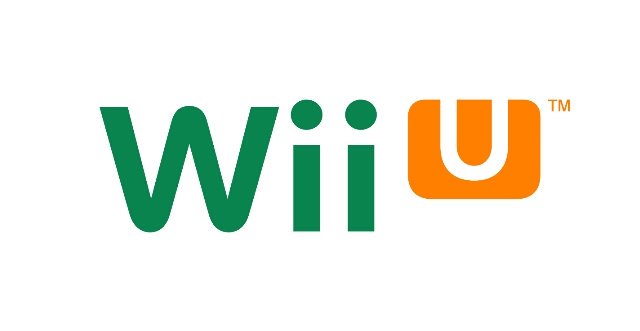
sligeach_eire
1+ y agoAs it happens, I was reading today that if when you die and after the game over screen, that if you hold A and press start, that you will return to the start of the world you died at. I never knew this before now.
https://www.ignboards.com/attachments/1665799584427-png.826506/

kuribo
1+ y agoI first played Super Mario Bros. with the Super Mario All-Stars release on SNES but later replayed it on the original NES.
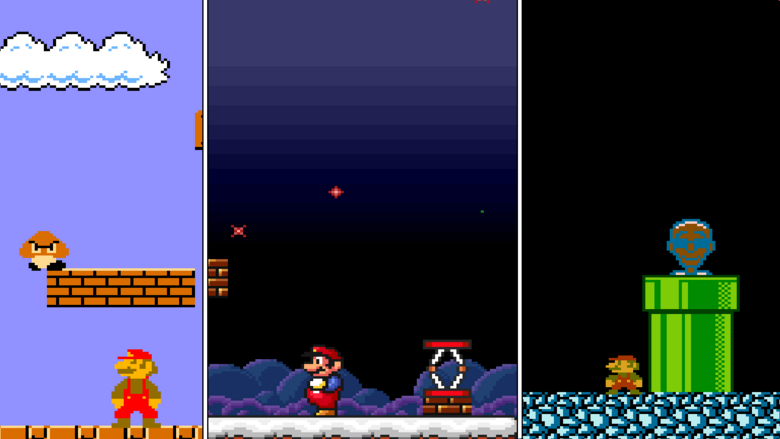
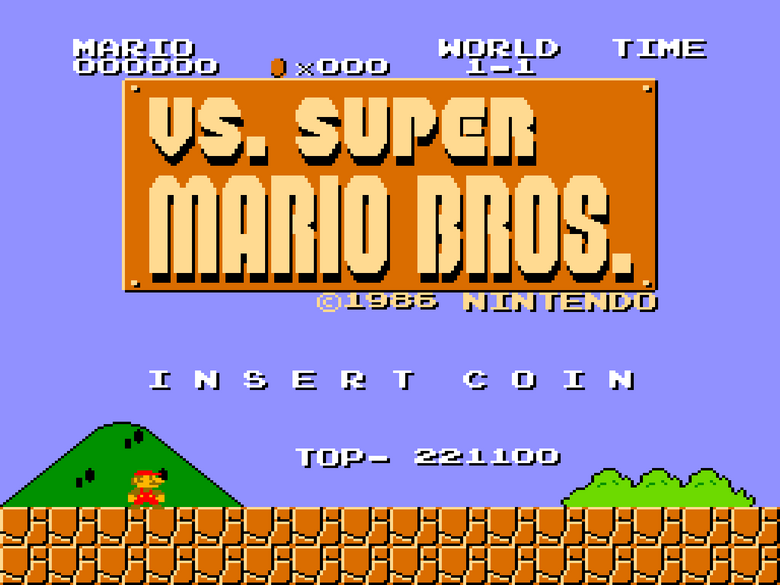
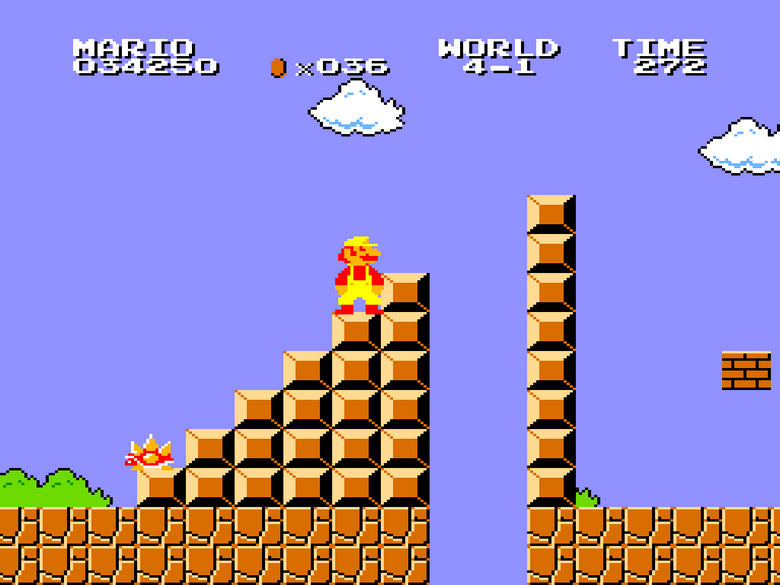
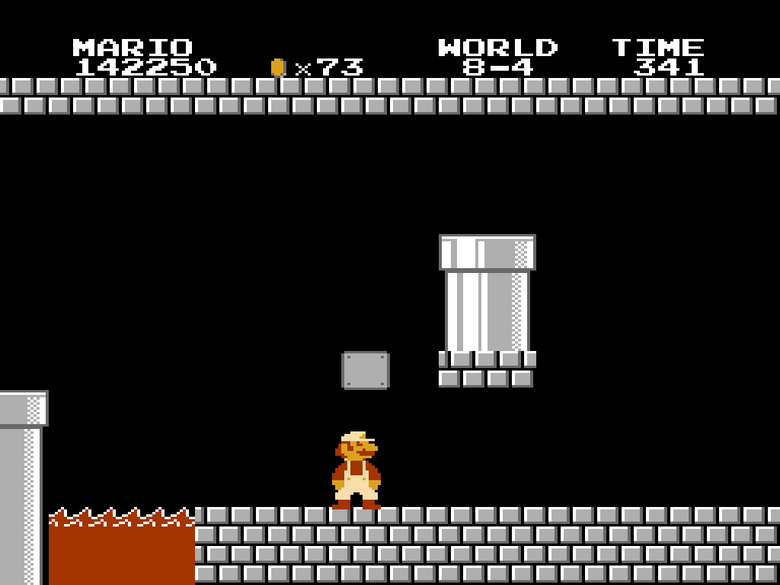
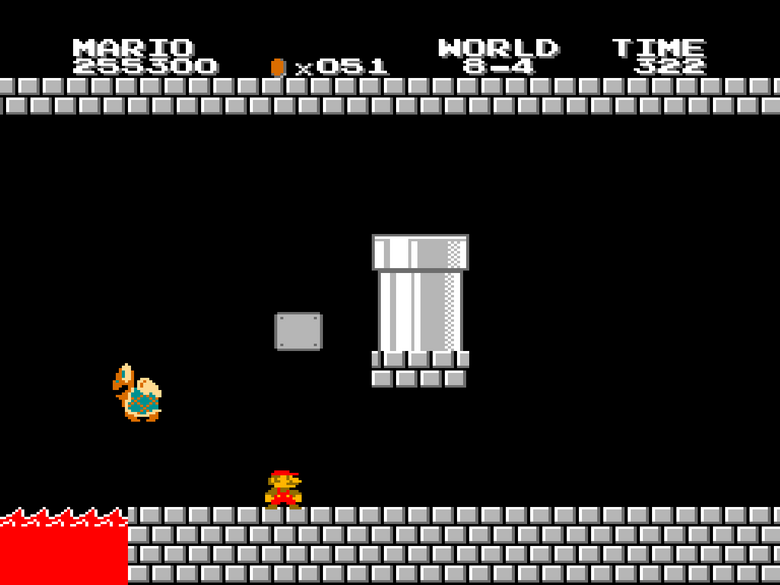
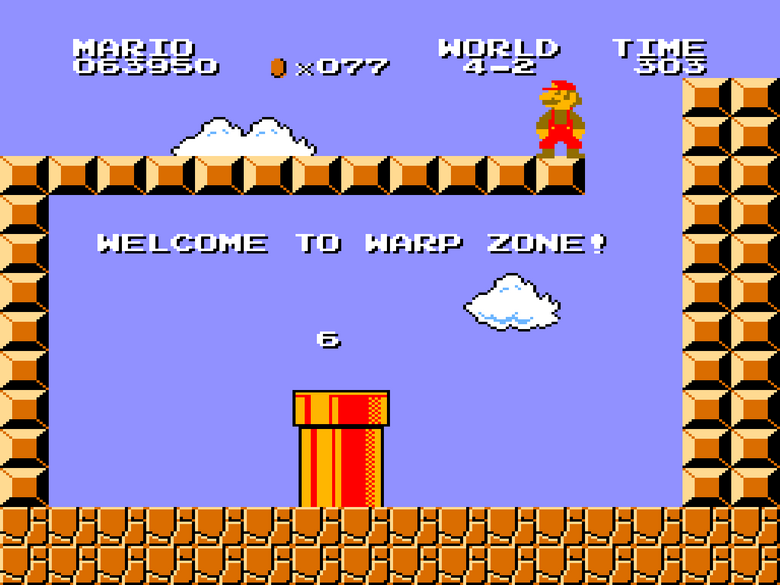
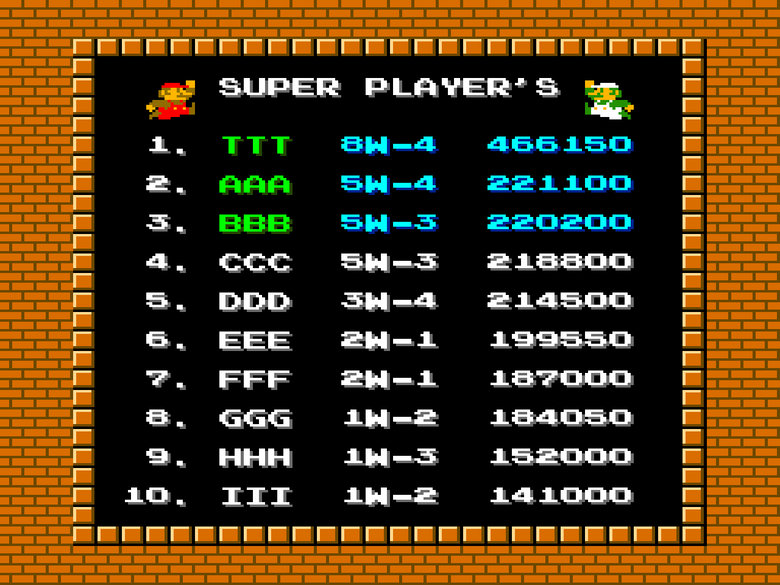
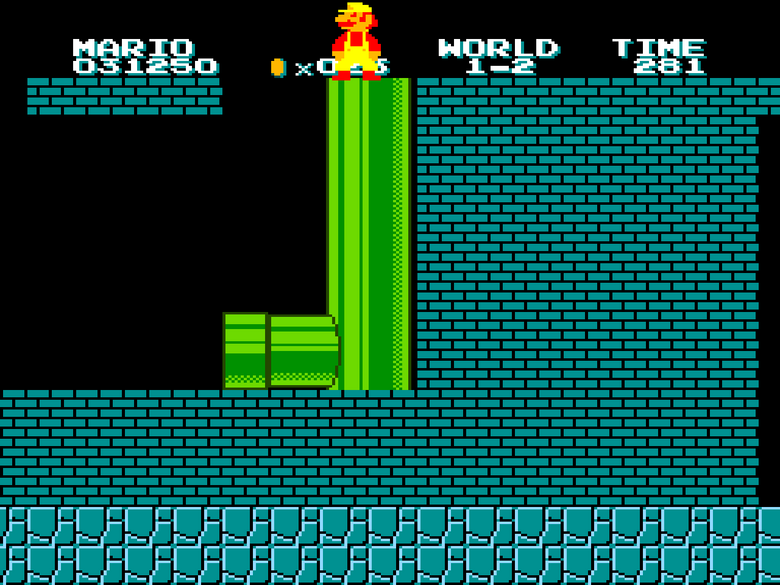
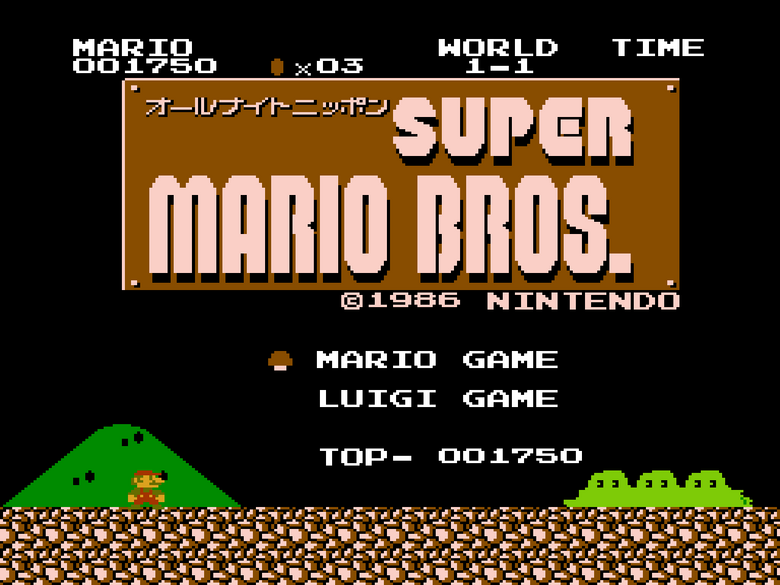
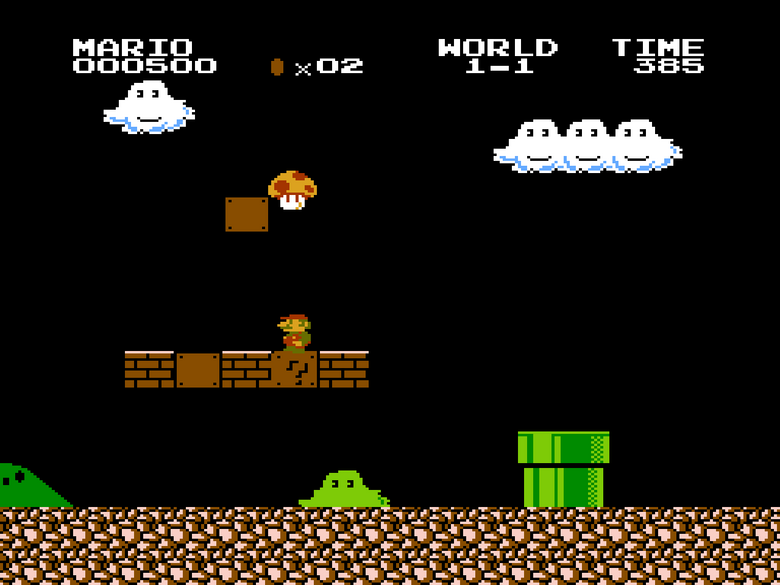
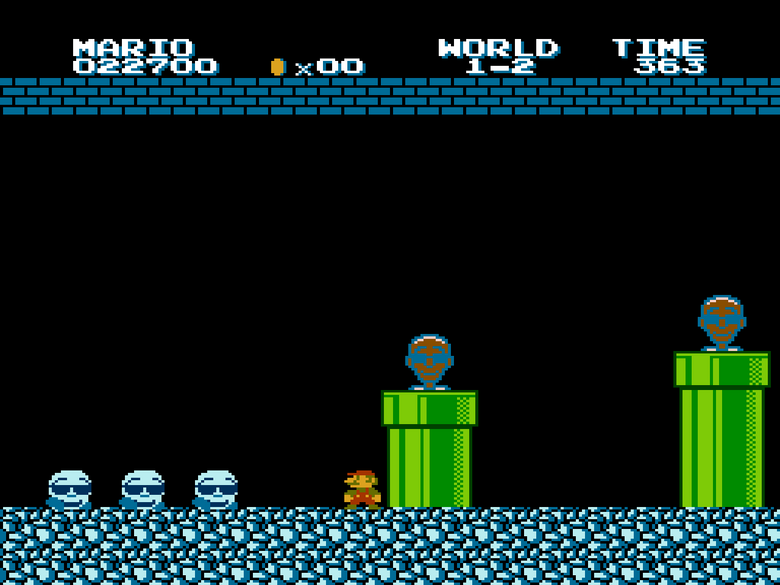
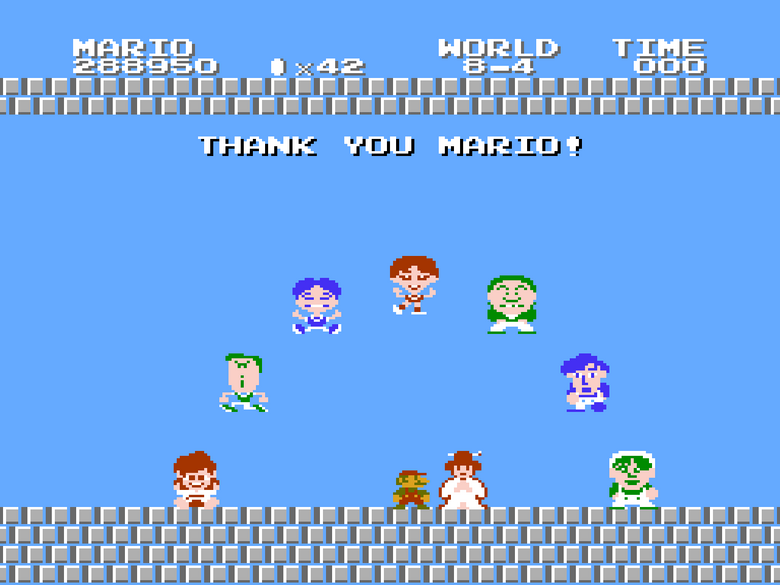
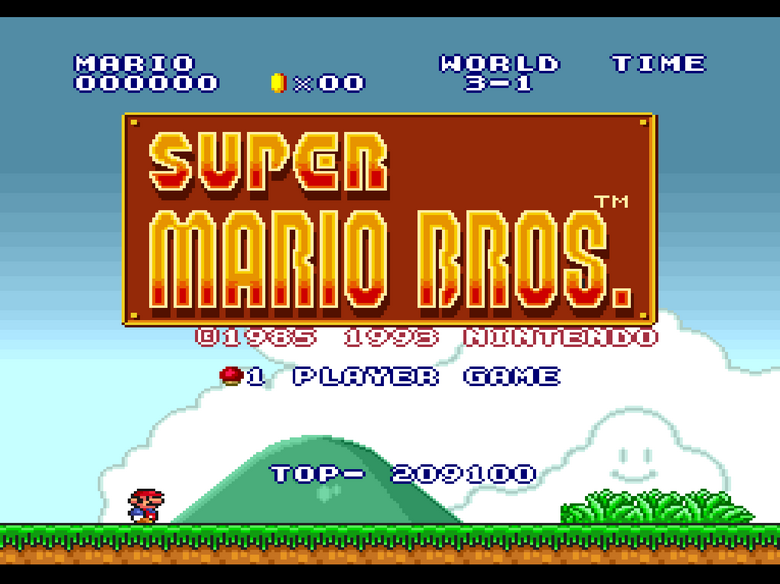
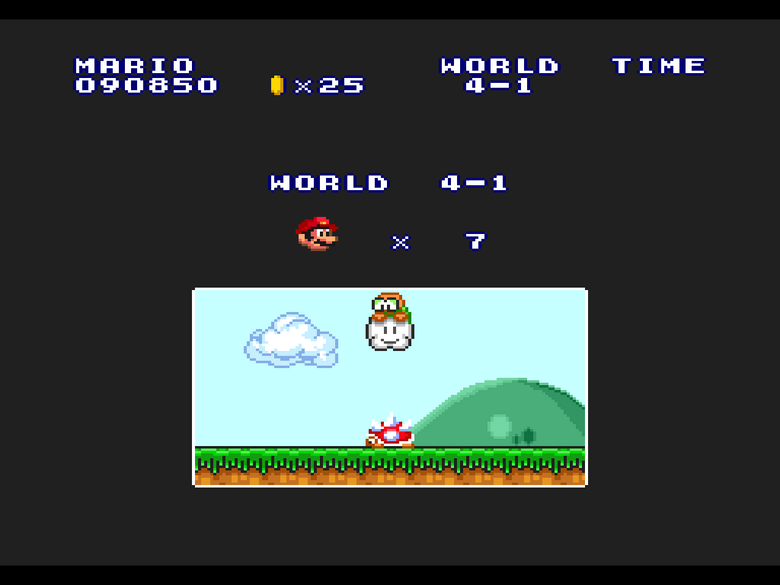
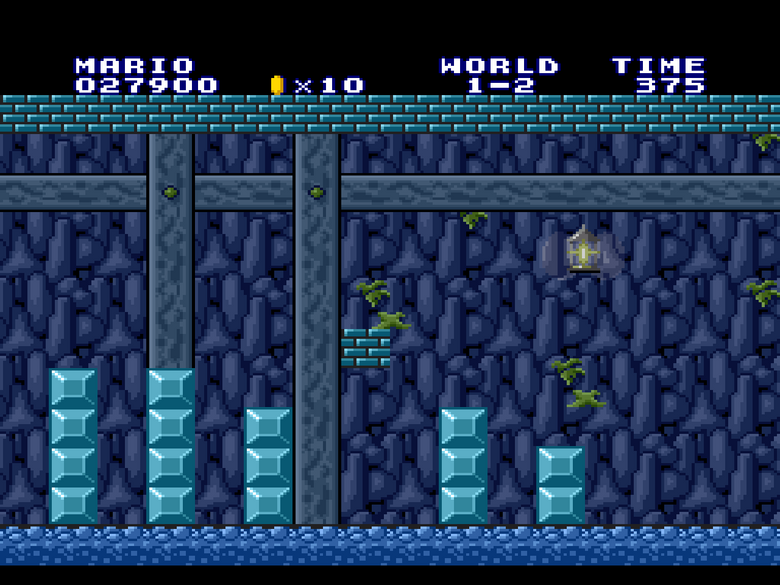
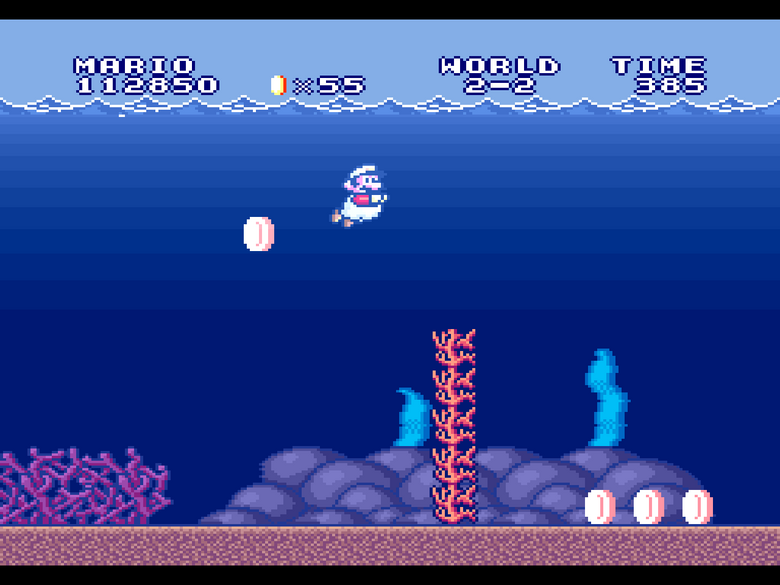
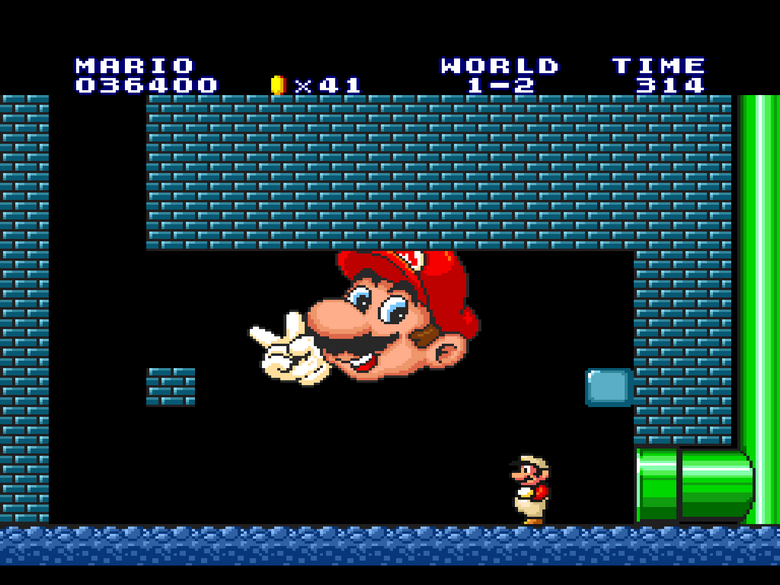
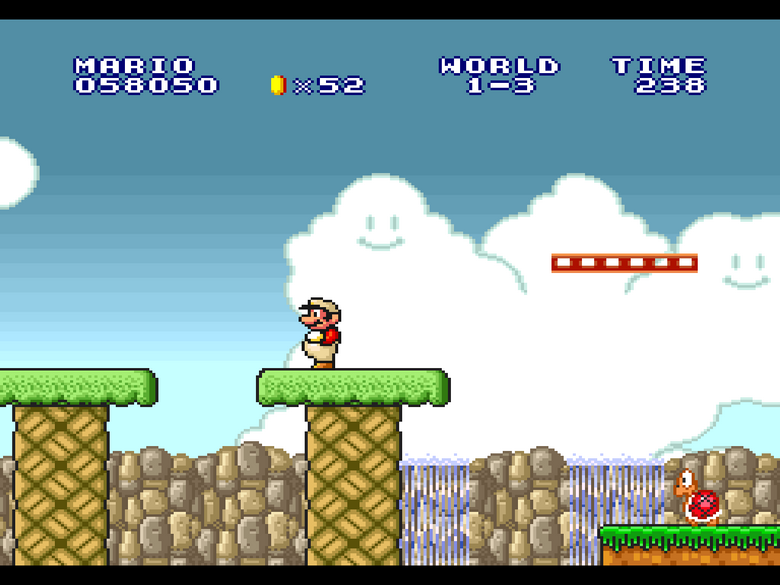
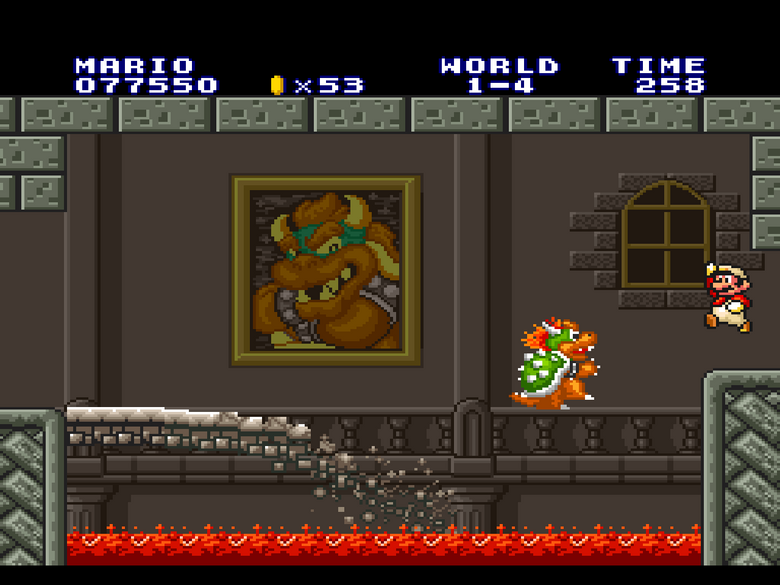
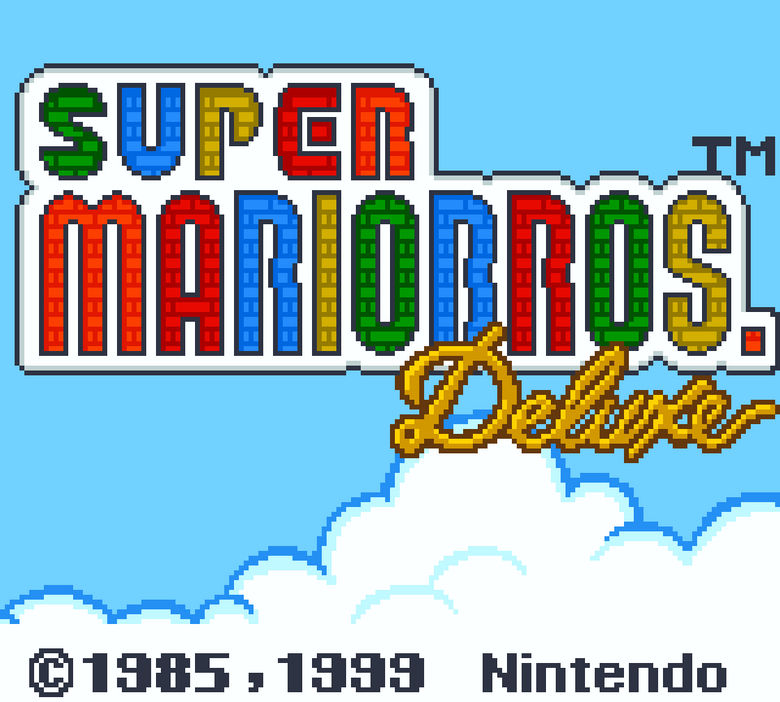
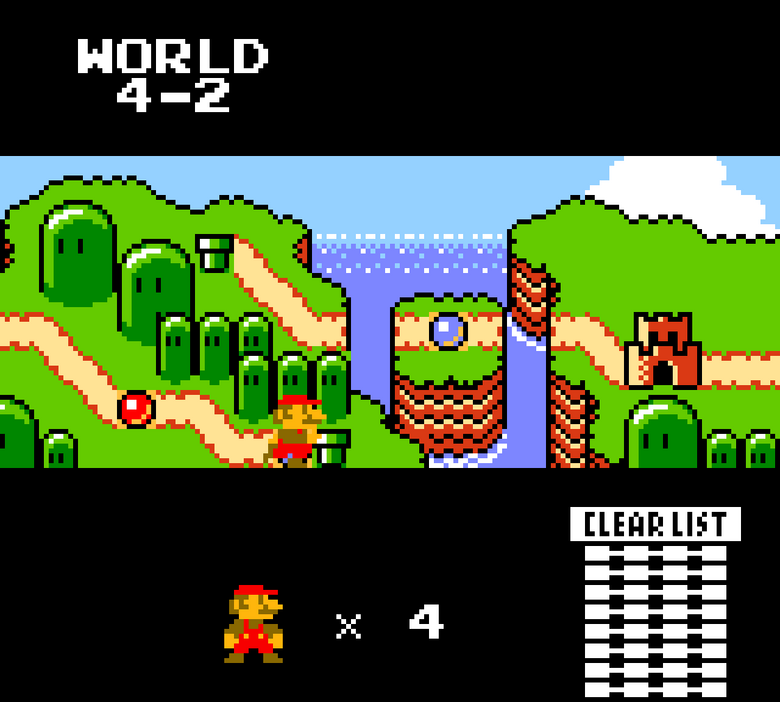
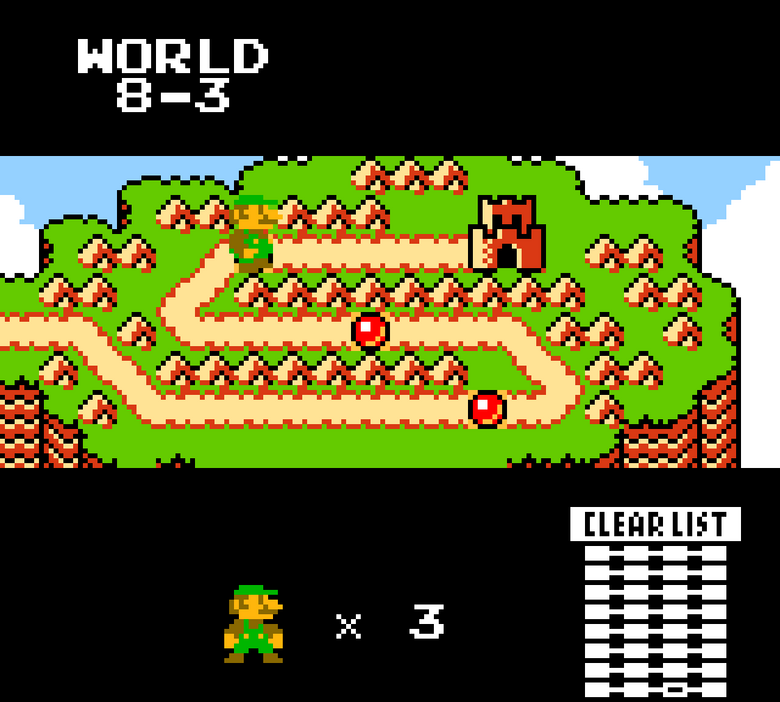
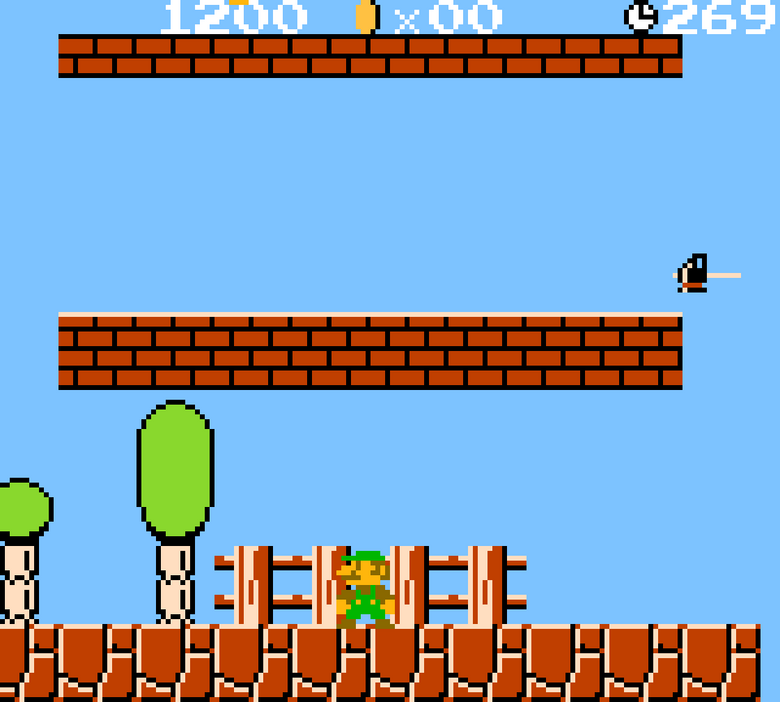
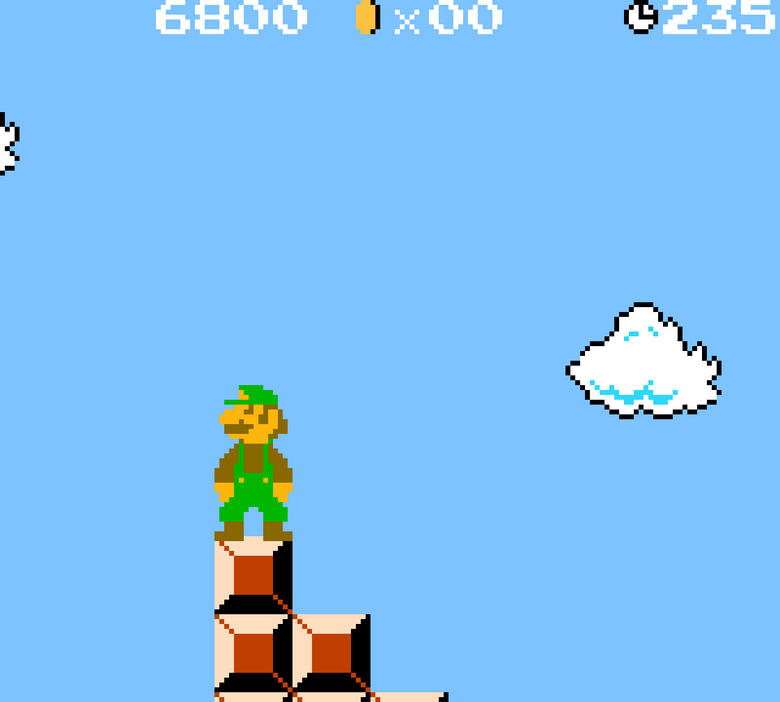
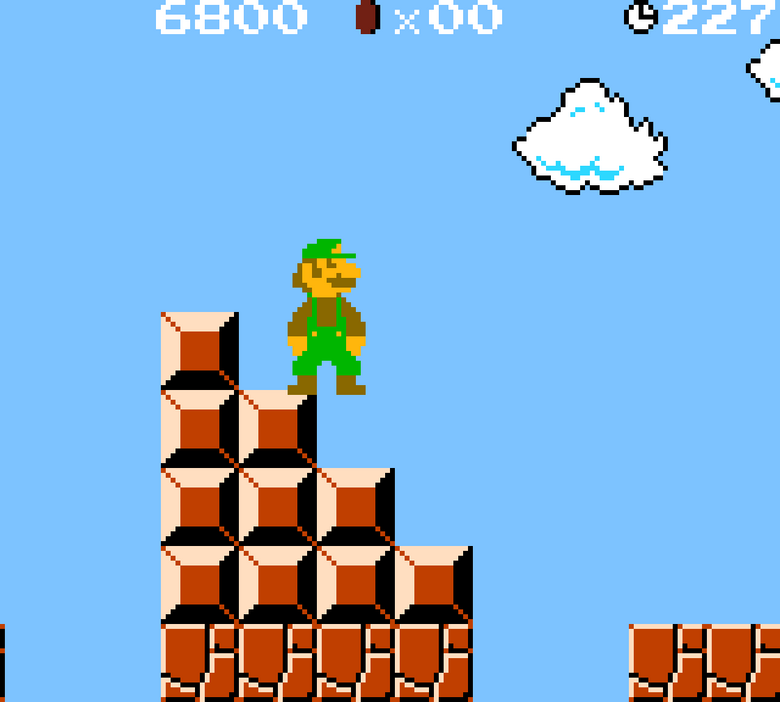
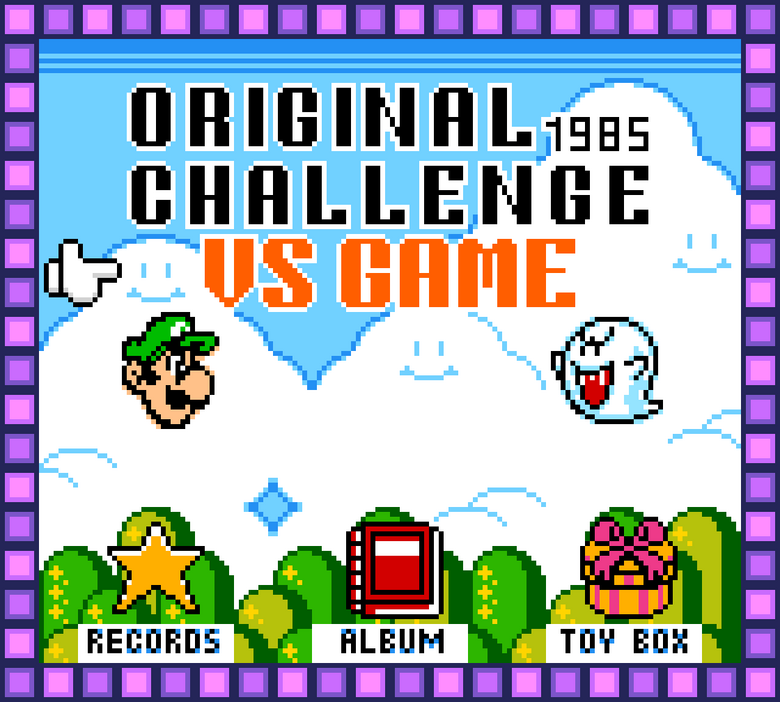
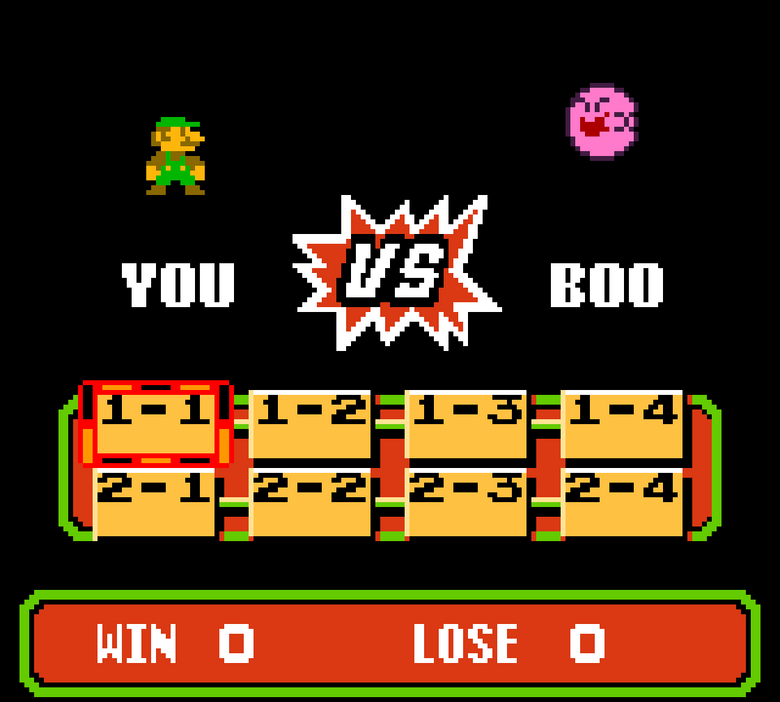
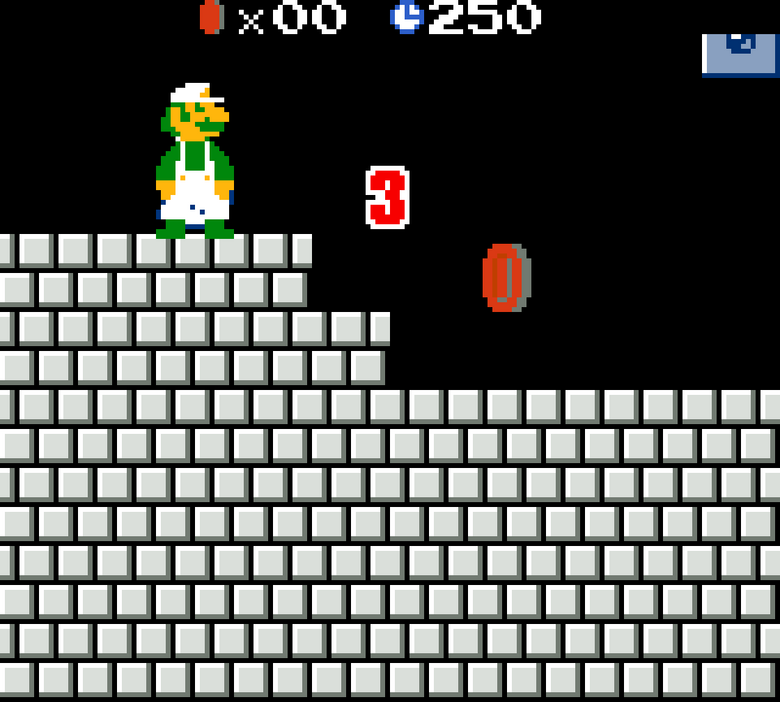
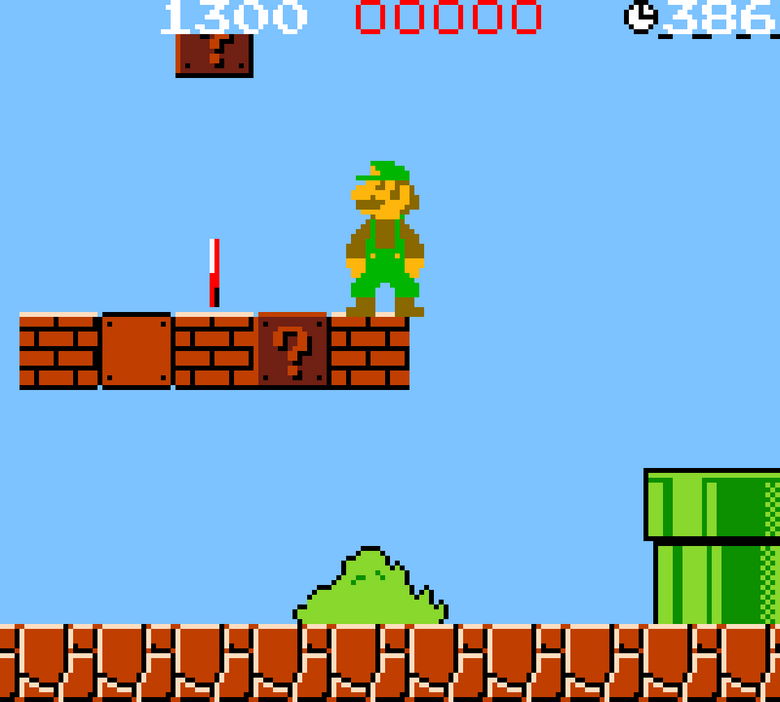
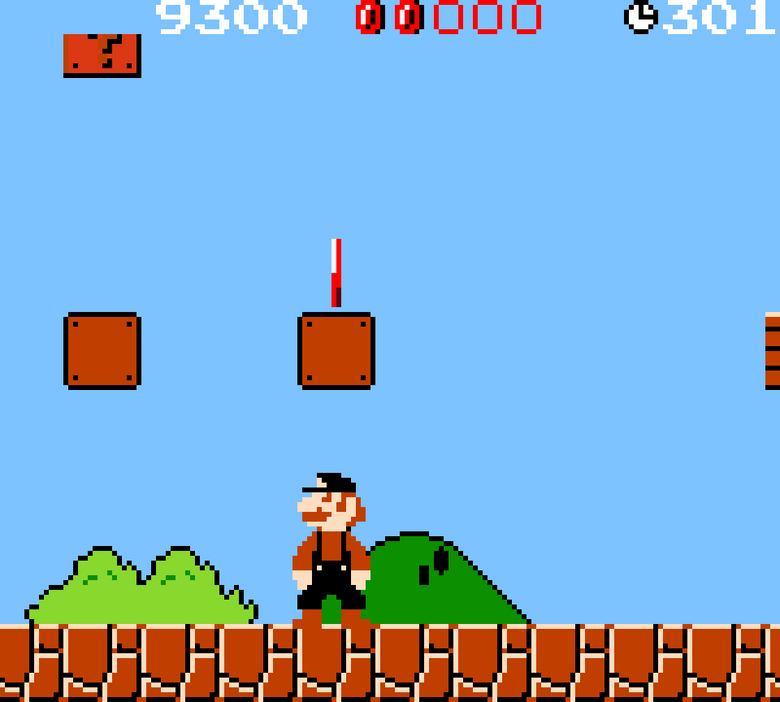
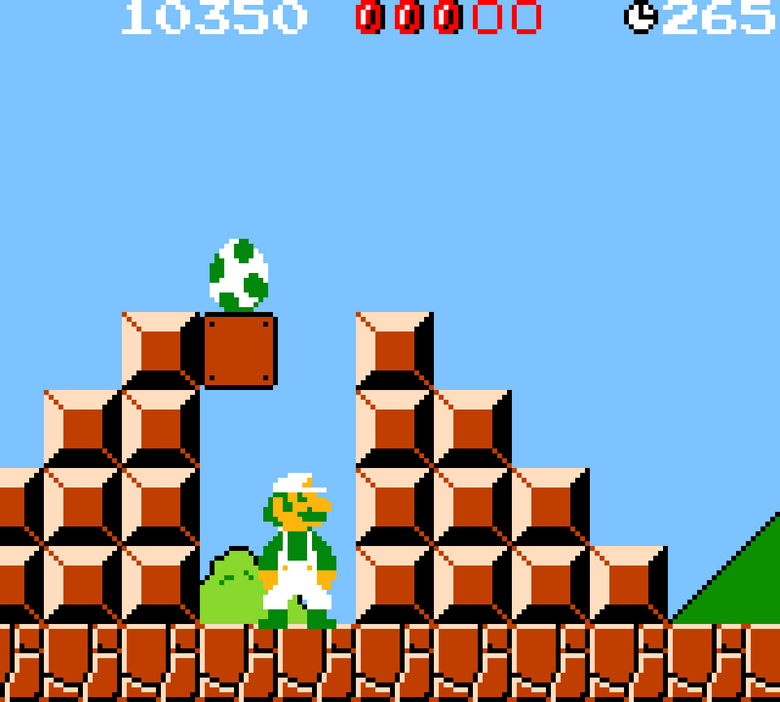
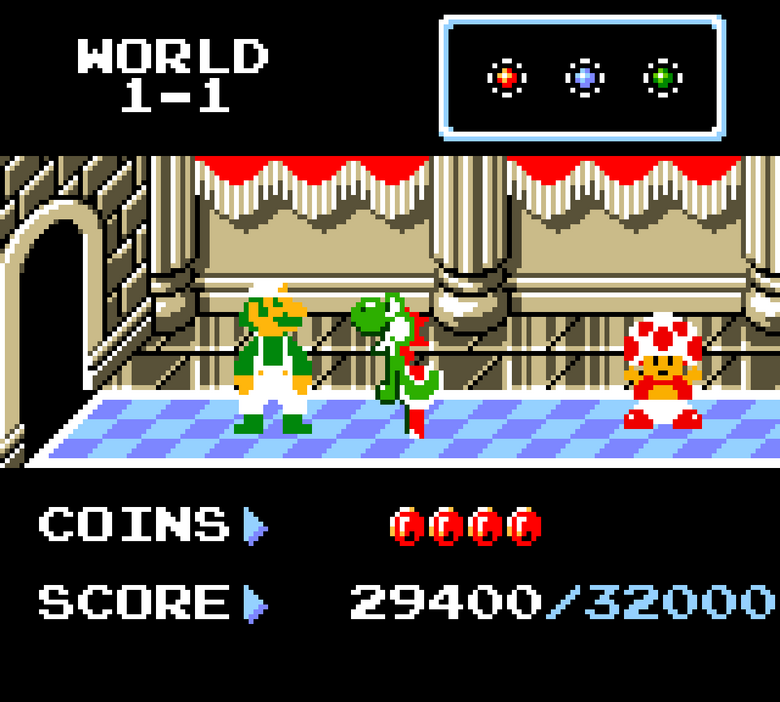
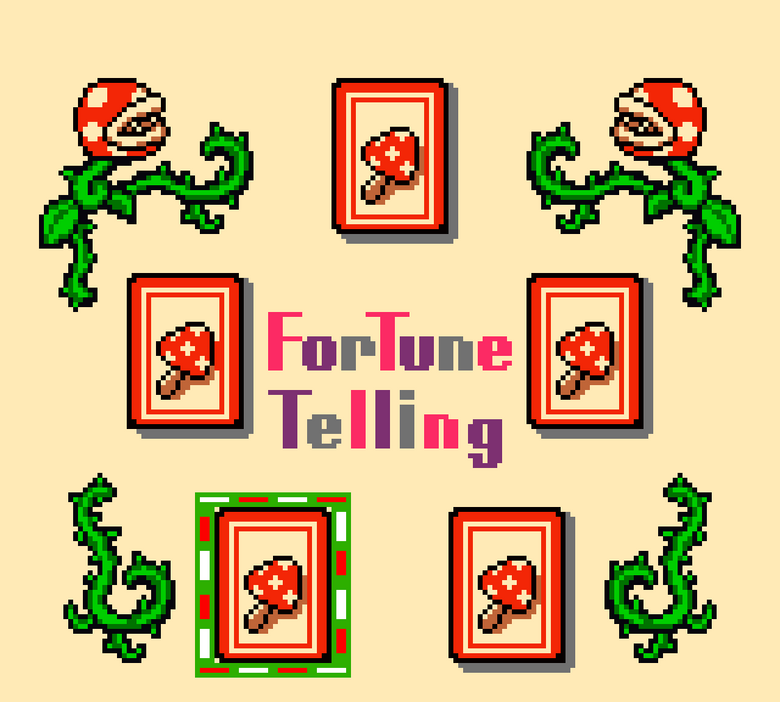
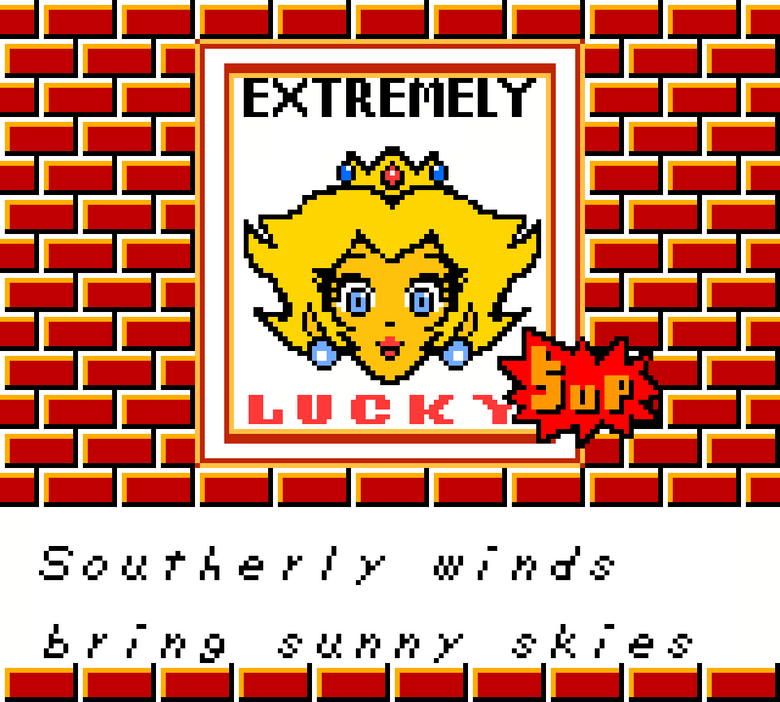
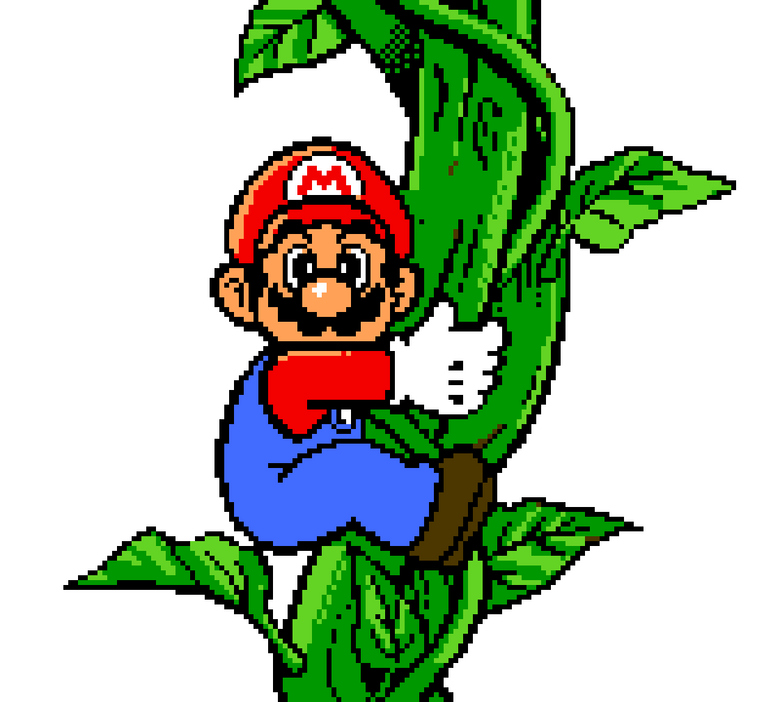
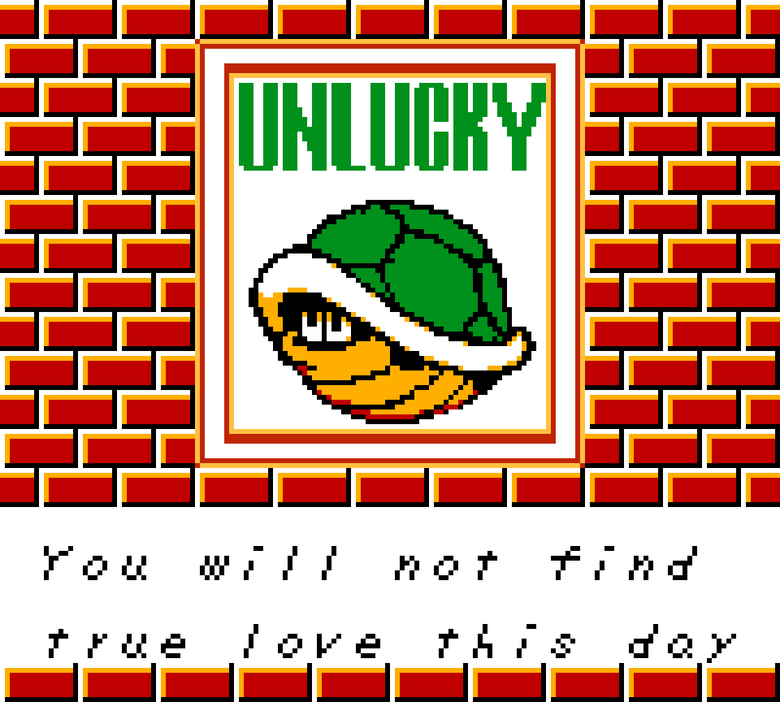
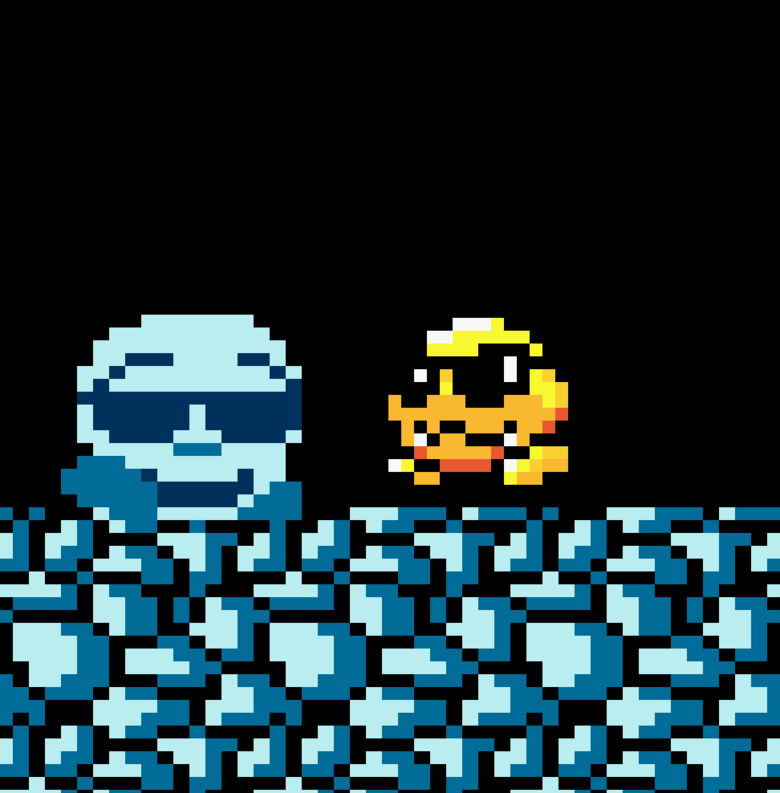
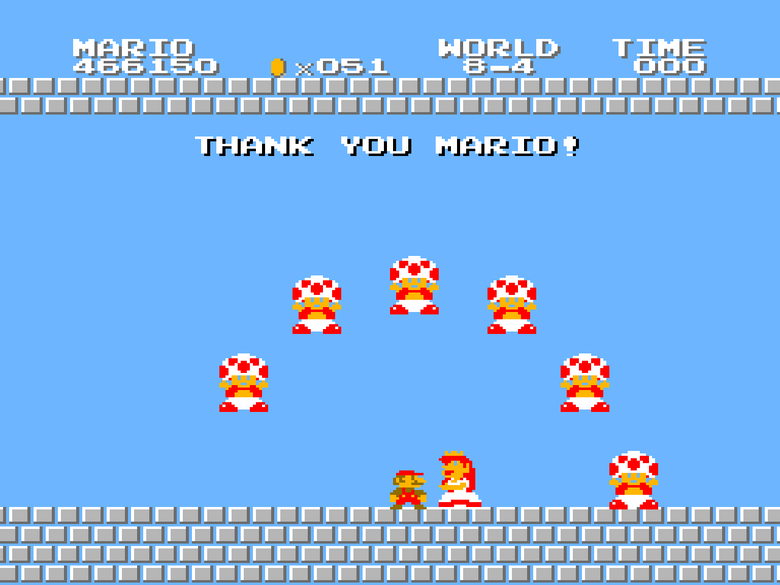
Comments (3)